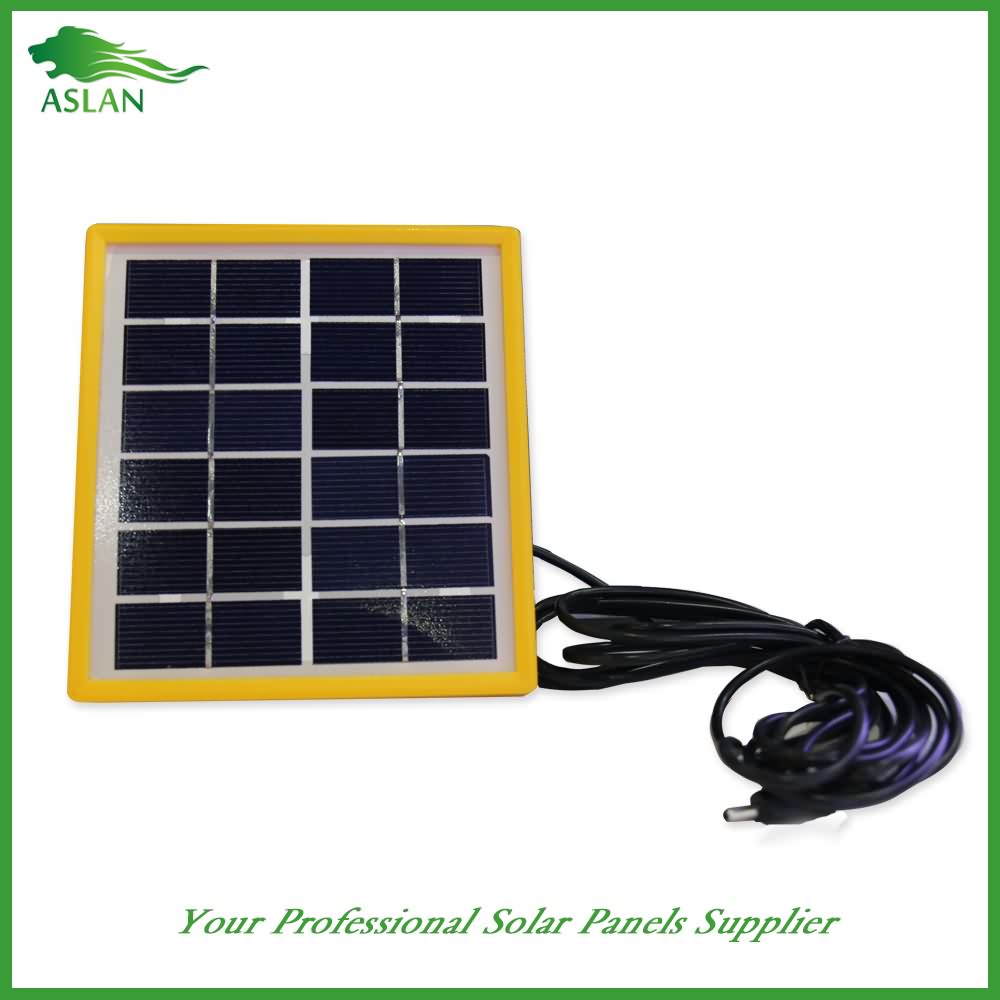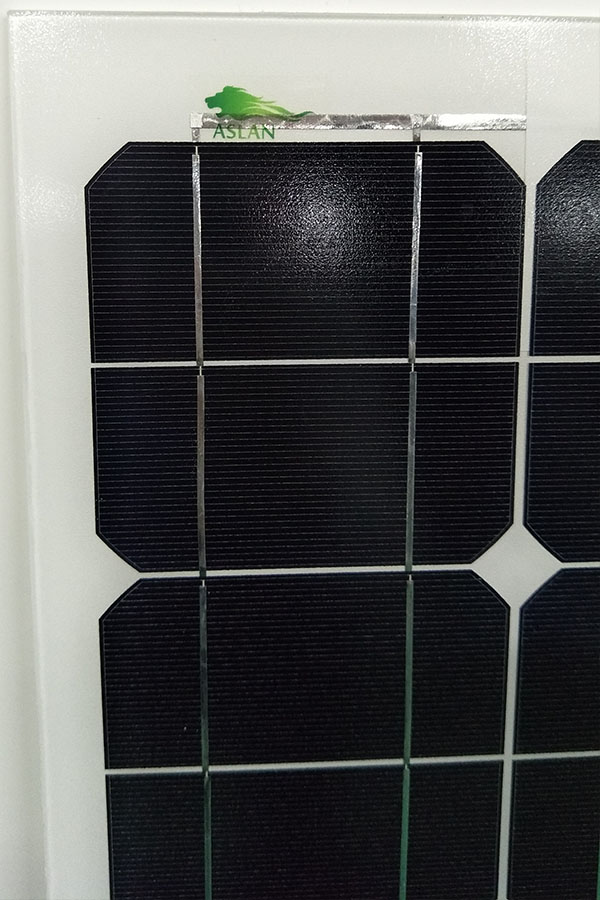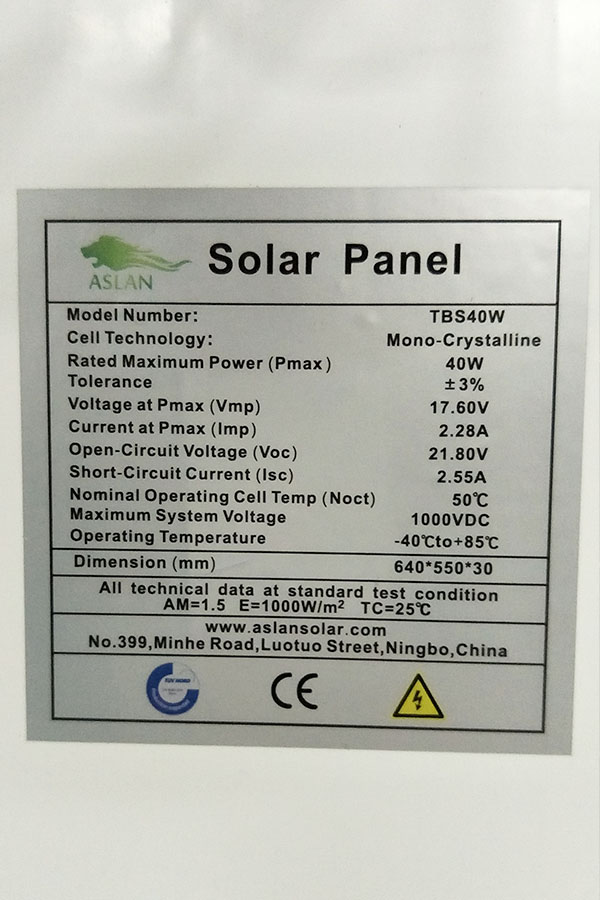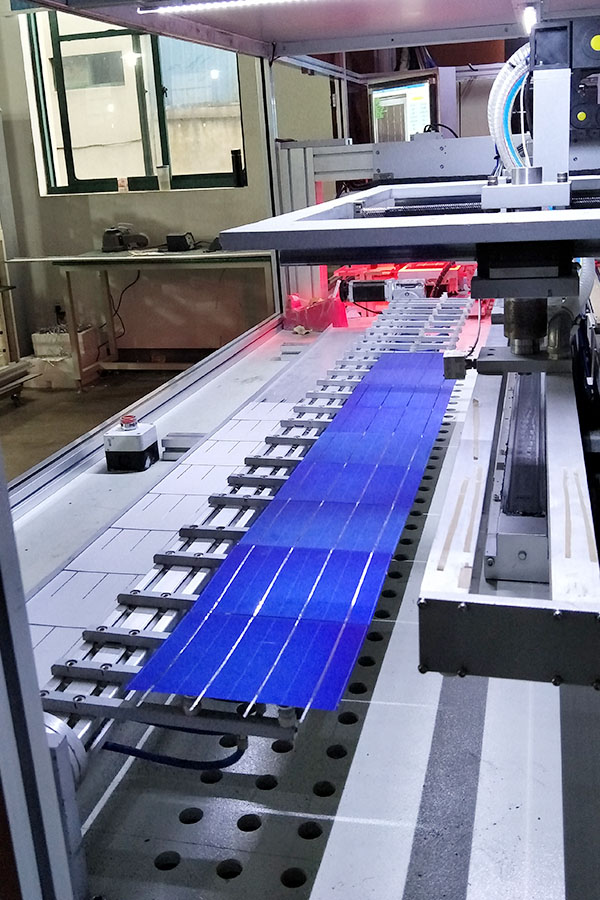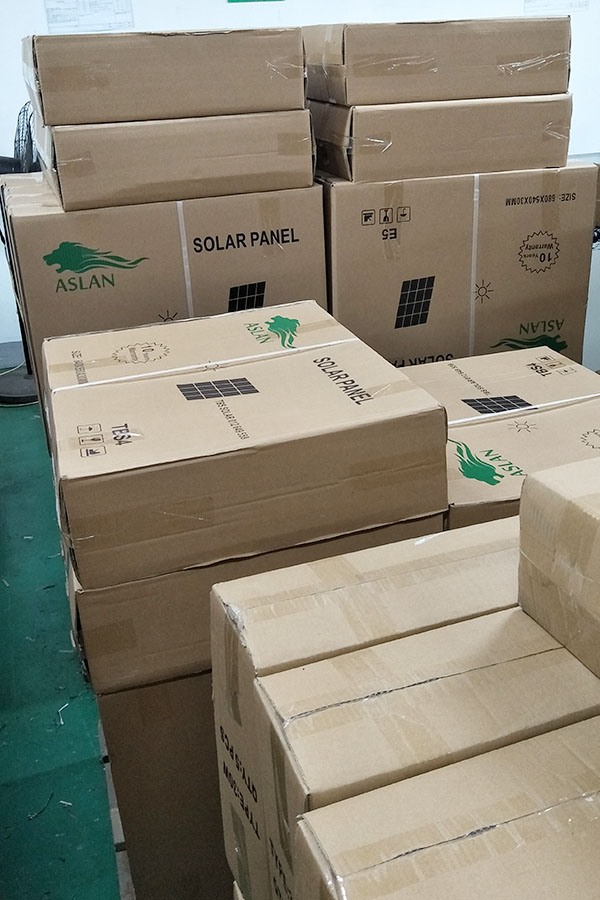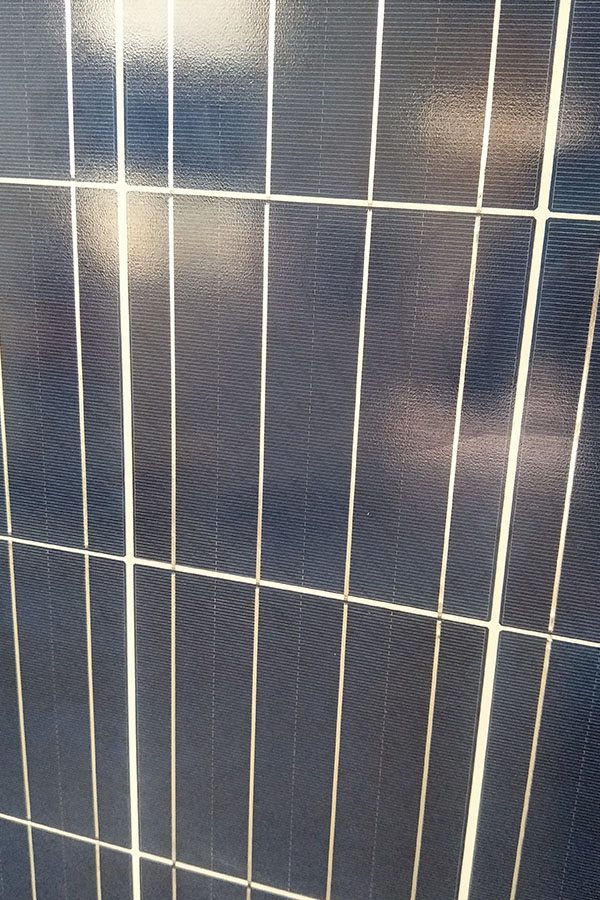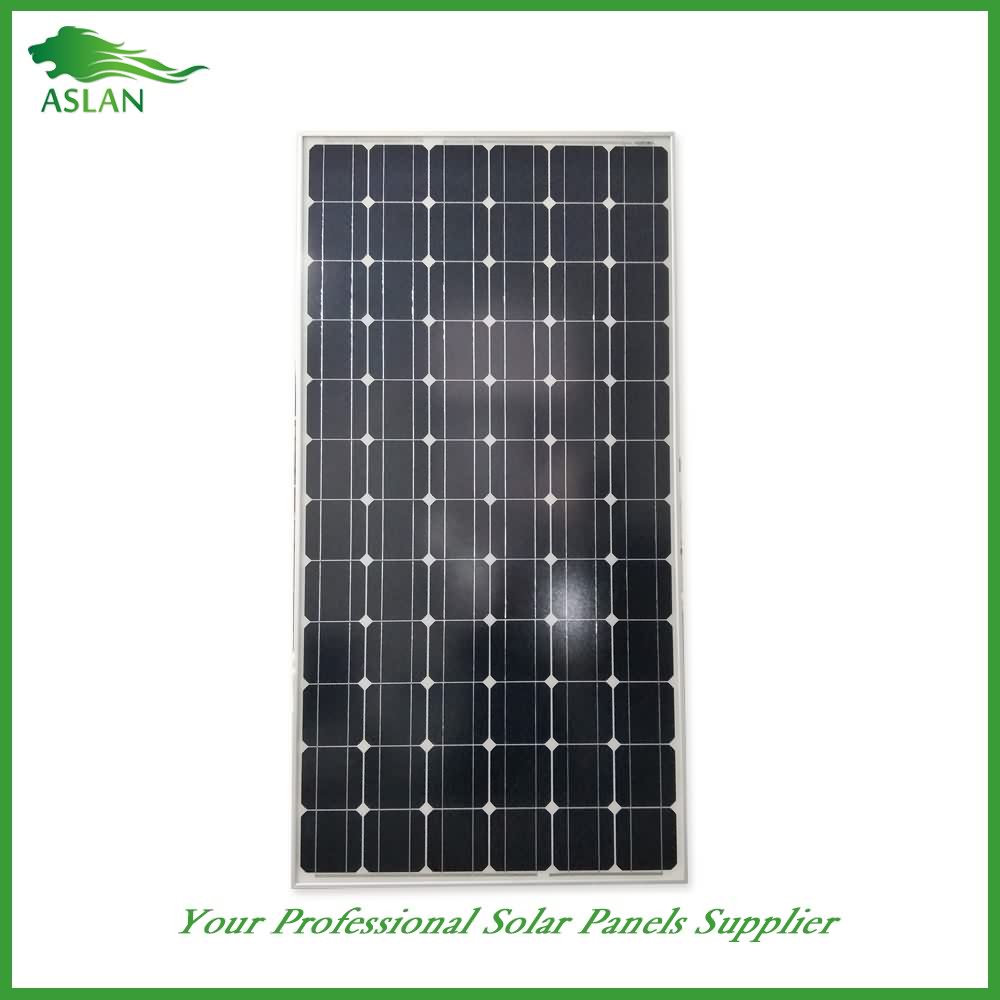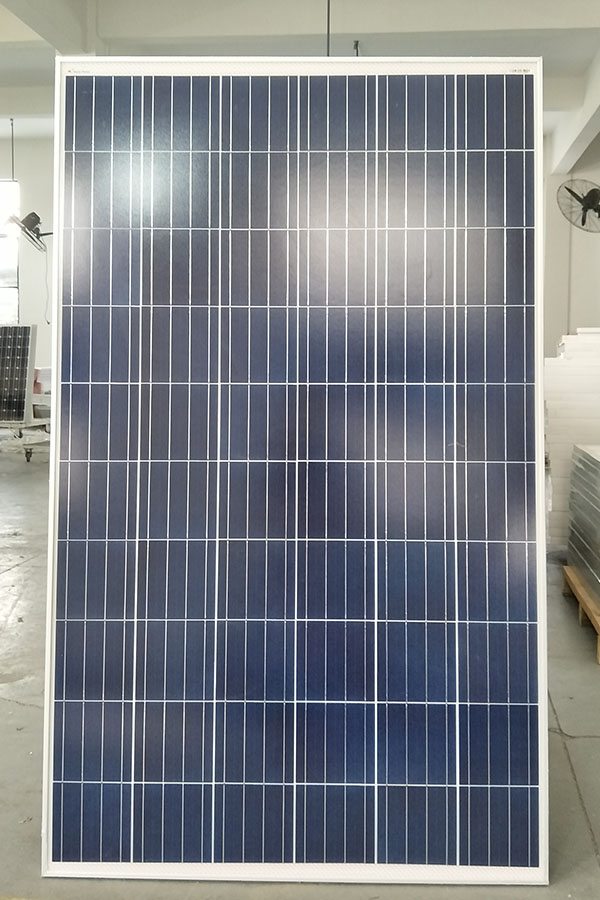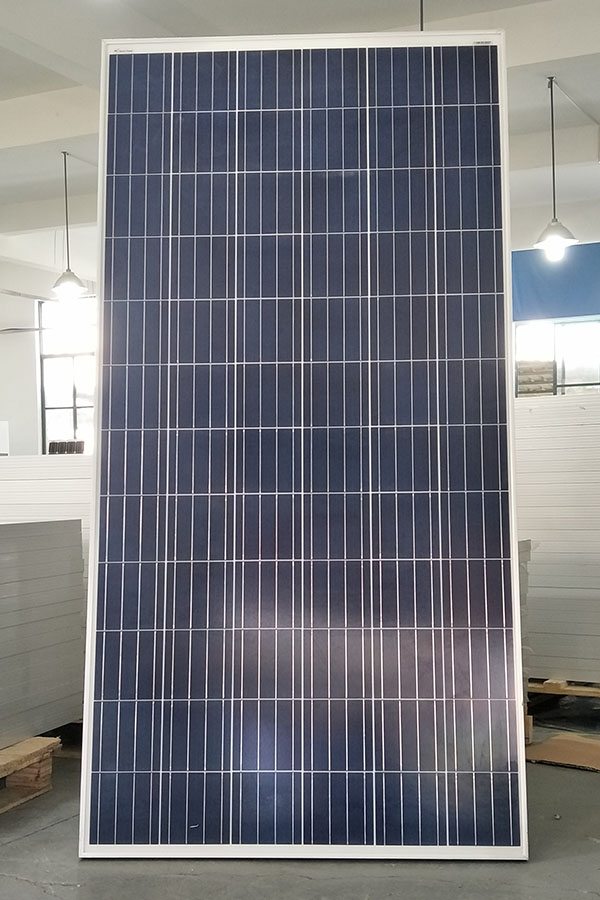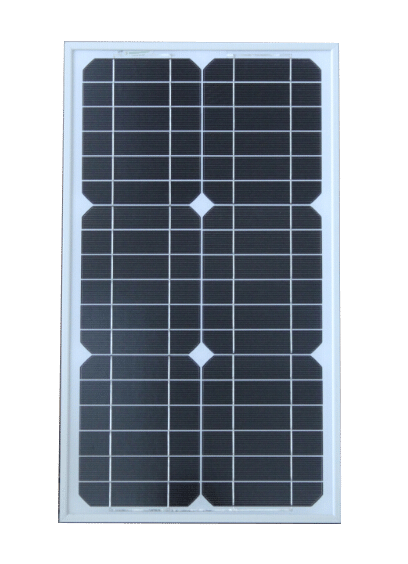OEM/ODM Supplier for Poly-crystalline Solar Panel 2W Mali Importers
Short Description:
Our team through professional training. Skilled professional knowledge, strong sense of service, to meet the service needs of customers for OEM/ODM Supplier for Poly-crystalline Solar Panel 2W Mali Importers, With a wide range, good quality, reasonable prices and good service, we will be your best business partner. We welcome new and old customers from all walks of life to contact us for future business relationships and achieving mutual success!
Poly-crystalline Solar Panel 2W
Technical parameter
Maximum Power(W) 2W
Optimum Power Voltage(Vmp) 6V
Optimum Operating Current(Imp) 0.34A
Open Circuit Voltage(Voc) 7.2V
Short Circuit Current(Isc) 0.37A
Mechanical Characteristics
Cell Type Polycrystalline
No of Cell 12 (2x6pcs)
Dimensions 145x145x18mm
Weight 0.4KGS
Front Glass 3.2mm, High Transmission, Low iron, tempered Glass
Temperature and Coefficients
Operating Temperature(°C): -40°C ~ + 85°C
Maximum System Voltage: 600V(UL)/1000V(IEC) DC
Maximum Rated Current Series: 10A
Temperature Coefficients of Pmax: -0.435%
Temperature Coefficients of Voc: -0.35%
Temperature Coefficients of Isc: 0.043%
Nominal Operating Cell Temperature (NOCT): 47+/-2°C
Materials of solar panel
1).Solar Cell——Polycrystalline solar cell 156*156mm
2).Front Glass——-3.2mm, high transmission, low iron, tempered glass
3).EVA——-excellent anti-aging EVA
4).TPT——-TPT hot seal made of flame resistance
5).Frame——anodized aluminum profile
6).Junction Box——-IP65 rated, high quality, with diode protection
Superiority: high quality anodized aluminum frame, high efficiency long life, easy installation, strong wind resistance, strong hail resistance.
Features
1. High cell efficiency with quality silicon materials for long term output stability
2. Strictly quality control ensure the stability and reliability, totally 23 QC procedures
3. High transmittance low iron tempered glass with enhanced stiffness and impact resistance
4. Both Poly-crystalline and Mono-crystalline
5. Excellent performance in harsh weather
6. Outstanding electrical performance under high temperature and low irradiance
Quality assurance testing
Thermal cycling test
Thermal shock test
Thermal/Freezing and high humidity cycling test
Electrical isolation test
Hail impact test
Mechanical, wind and twist loading test
Salt mist test
Light and water-exposure test
Moist carbon dioxide/sulphur dioxide
แผงโซล่าเซลล์ 5.5 watt 12V สาย 3ม.
ราคา 500.- บาท + ส่งฟรี EMS
Solarcell panel แผงโซล่าเซลล์ 5.5 วัตต์ 12V สายยาว 3.0 เมตร แจ็คต่อ DC 2.1×5.5 mm. ใช้ชาร์จต่อแบตเตอร์รี่ หรือใช้งานต่อตรงกับปั๊มน้ำเล็ก น้ำพุ ประยุกต์ใช้ไฟแสงสว่างในตอนกลางคืน หรืออื่นๆ
การติดตั้ง:
ติดตั้งบริเวณที่ได้รับแสงแดดตลอดเวลา เช่น เสาหลังคา พื้นที่โล่งแจ้ง
ข้อมูล:
Polycrystalline
Maximum power (Wp) 5.5w
Maximum power voltage (V) 15.0V
Maximum power current (A) 0.37A
Open circuit voltage (V) 17.5v
Short circuit current (A) 0.42A
Number of cells (Pcs) 60
Size of module (mm) 270*180*17mm
www.kasetfusion.com
http://kasetfusion.lnwshop.com/
โทร 085 1531478
ติดต่อไลน์ไอดี: Kataio
http://line.me/ti/p/Z0td4uhevu
RV dogbone power adapters are available on Amazon.
Click here to find them: http://tinyurl.com/mvhm9n4
A new RVer recently asked us how to plug their RV into a regular household electric outlet, so we thought we’d cover the basics of connecting different types of RVs into 20-, 30- and 50-amp electric service.
A standard 3-prong household electric outlet provides 20-amp service (sometimes also referred to as 15-amp service). Most medium-sized RVs (usually with only one air-conditioning unit) have 30-amp service, which uses a larger three-prong plug with two of the prongs at an angle. Larger RVs (usually with two or three air conditioners) utilize higher-power 50-amp service, with larger, 4-prong plugs.
Most RV parks offer both 20- and 30-amp service, with many parks also offering 50-amp service as well. But what do you do if you’re staying at a park that doesn’t offer an outlet to match your plug? The answer: Dogbones.
A “dogbone” adapter (named for it’s resemblance to the canine treat) attaches to the end of your RV’s electric cord, and steps it up or down to match an available outlet. Since 50-amp service is often unavailable at smaller or more rustic RV parks, just about everyone driving a big motorhome (like us) carries at least one dogbone — to convert their big 50-amp plug into the smaller 30-amp size. We also carry a second dogbone to further step down to 20-amp service.
It may not sound possible to power a large motorhome on less than 50-amp service, but it’s really not a problem. It’s all about power management. We know that we can’t run both of our air conditioners and our electric water heater element and our microwave all at the same time unless we’re on 50-amp service. But 30 amps is plenty to run 2 or 3 items at once. As a matter of fact, we just spent the entire winter in British Columbia in a 30-amp site without a problem!
Even a 20-amp connection is enough for us in certain cases. It will keep the batteries charged, allow us to watch TV, run the fridge, or power our big computer, or even microwave dinner… just as long as we stick pretty much to one of those things at a time. It’s all about learning how much power each appliance in your RV uses, and living within the limits of the available electric service.
We would certainly never expect to park in a friend’s driveway on a hot summer day and power our air conditioners by running an extension cord to a household outlet in their garage. Larger power requirements demand at least 30-amp or even 50-amp service… or firing up the generator.
It’s a real luxury on a brutally hot August day to pull into a 50-amp RV park, crank up both air conditioners, heat water for showers, and microwaving dinner… all at the same time. Just don’t expect to do that without that 50-amp connection!
Here’s a great article that goes into a lot more detail about this whole topic:
http://www.timberman.com/ELECTRIC/electric.htm
To hear about new videos, giveaways and other great RVing content as soon as it’s released, visit our website and subscribe!
http://TheRVgeeks.com
Full-Time RVers since April 11, 2003, we share DIY (do it yourself) RV maintenance, repair, travel, upgrade and operational tips & tricks.
While we’re not RV technicians, we’re very mechanically inclined and have learned a lot about RV systems over the years. We’ve handled most of our own minor service, maintenance and upgrade work on both of our RVs.
We meet lots of newer RVers who are eager to learn some basics about using, maintaining and caring for their rigs. After more than a decade on the road, we’re happy to share what we’ve learned (some of it the hard way). ![]() We hope our experience can help other RVers go DIY, saving time & money while experiencing the satisfaction of a job well done. We’re handy RVers, not professional technicians. We’re happy with the techniques and products we use, but be sure to confirm that all methods and materials you use are compatible with your equipment and abilities. Regardless of what we recommend, consult a professional if you’re unsure about working on your RV. Any task you perform or product you purchase based on any information we provide is strictly at your own risk.
We hope our experience can help other RVers go DIY, saving time & money while experiencing the satisfaction of a job well done. We’re handy RVers, not professional technicians. We’re happy with the techniques and products we use, but be sure to confirm that all methods and materials you use are compatible with your equipment and abilities. Regardless of what we recommend, consult a professional if you’re unsure about working on your RV. Any task you perform or product you purchase based on any information we provide is strictly at your own risk.
We sometimes receive products for evaluation at no cost, but our opinions are our own and we only feature products we personally use, love and can recommend to friends with complete confidence. The RVgeeks participate in the Amazon Services LLC Associates Program, an affiliate advertising program designed to provide a means for sites to earn advertising fees by advertising and linking to Amazon.com.
Comments welcome! Thanks for watching! Don’t forget to subscribe!
